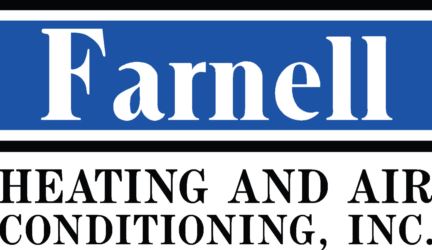
A dependable HVAC system is vital for a comfortable and energy-efficient home, but it’s also a significant investment. You deserve the most productive comfort solutions achievable, which is why HVAC rebates are so worthwhile. They can help ensure high-efficiency furnaces, air conditioners and other equipment is more affordable.
HVAC efficiency standards are climbing next year, so now’s an ideal time to compare your options. Various companies, organizations and even government entities are offering rebates in 2023 to help everyone acquire a new, high-efficiency HVAC system.
Furnace Rebates Require High Efficiency Models
Numerous manufacturers of high-efficiency furnaces offer rebates for a new system. These furnaces feature energy-efficient components such as variable-speed blower motors, which let the thermostat refine how much heating is produced. It’s an easy way to decrease energy use overall. Local utilities also offer furnace rebates since less energy use means less strain on the local energy grid.
The government’s ENERGY STAR® program is also recommended for obtaining a furnace rebate. You can type in your ZIP Code to see which rebates you may be qualified for. Equipment displaying the ENERGY STAR® rating means it satisfies your region’s standards for energy-efficient comfort.
Earning a Rebate for a High Efficiency Air Conditioner
Plenty of of the same rebates for high-efficiency furnaces are also suitable for air conditioners. You can save hundreds on new installation for efficient cooling from a top brand like Lennox. Just talk to your local utility companies to verify which makes and models are eligible. What’s more, you can usually combine federal and local rebates for even more savings. Don’t hesitate to find out what's all available, because it can easily add up to 10% of a new, high-efficiency AC system
Potential Rebates for Smart Home Accessories Like Smart Thermostats
A smart thermostat is an incredibly valuable upgrade to your home comfort system. With intelligent programming, you can optimize the daily schedule. Utility companies highly value this level of efficiency, and so most provide rebate programs for new smart thermostats. After some time, these rebates essentially enable you to get a free smart thermostat!
Local utility companies also provide programs where they swap lower rates for the ability to adjust your thermostat during peak energy use. This helps minimize strain on the grid, especially when heat waves or cold fronts arrive. When participating in this program, your thermostat will automatically be changed by a few degrees.
Other Cost-Saving Options: High Efficiency Products and Home Improvement Credits
A little different from rebates, tax credits are also offered for the purchase and installation of energy-efficient HVAC systems. For example, the Inflation Reduction Act reactivated a program in 2021 that supplied credits for up to 10% of the project’s cost. The new credits are now worth 30% of the cost and may be claimed each year instead of only once. These credits are obtainable for a much larger variety of projects, such as home energy audits, electrical, insulation, ventilation, and even your doors and windows! The programs are fashioned to provide the most benefits for lower-income households, maximizing the improvements to HVAC efficiency all over the country.
New Legislation for Heat Pump Rebates
The recently passed Inflation Reduction Act incorporated separate legislation called the High-Efficiency Electric Homes and Rebates Act, or HEEHRA. This incentive is specially targeted toward heat pump technology, which transfers heat instead of creating it by burning fuel. To encourage more people to change to this energy-efficient comfort system, these rebates are significantly higher compared to incentives for AC units and furnaces.
If the household’s income is lower than 80% of the local median, you could use the rebates to cover 100% of the costs of a new heat pump. Households making 80-150% of the average income can take care of 50% of equipment and installation costs.
